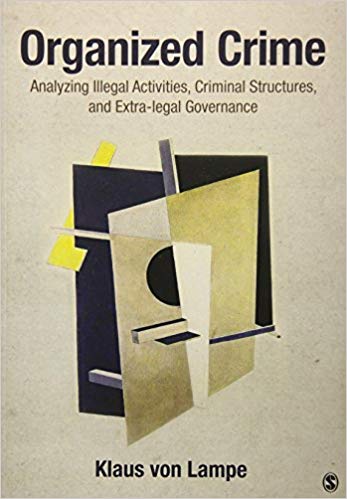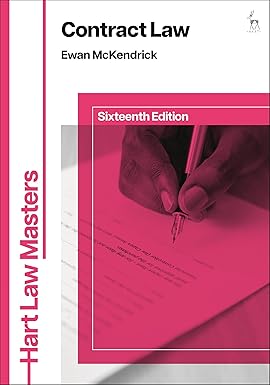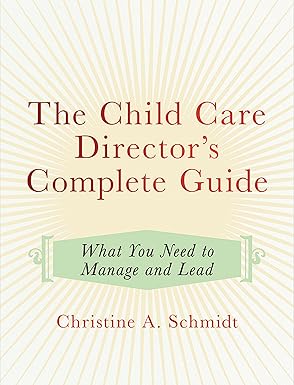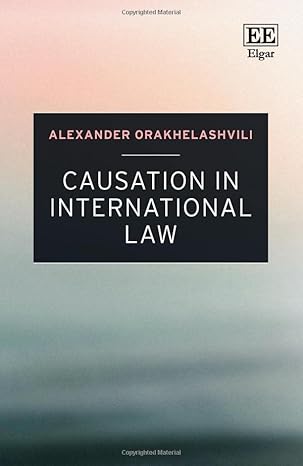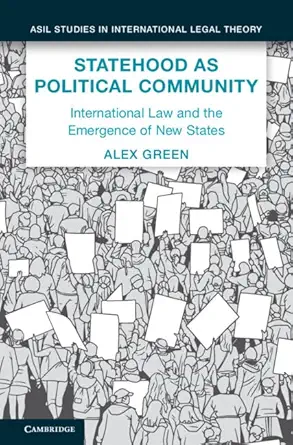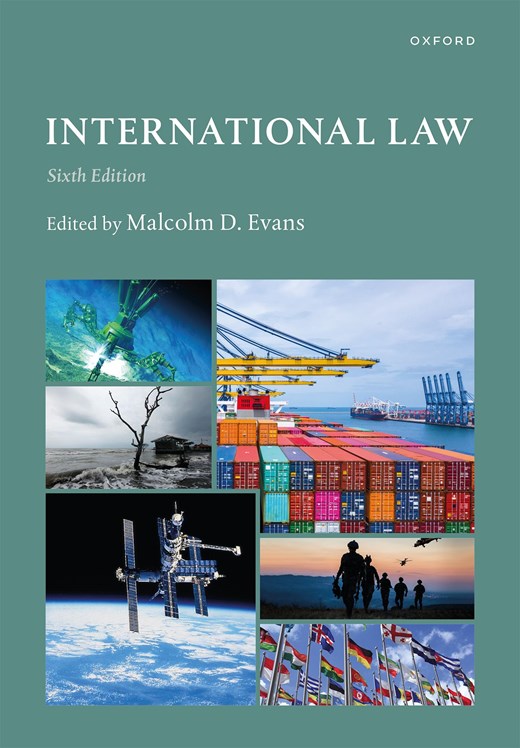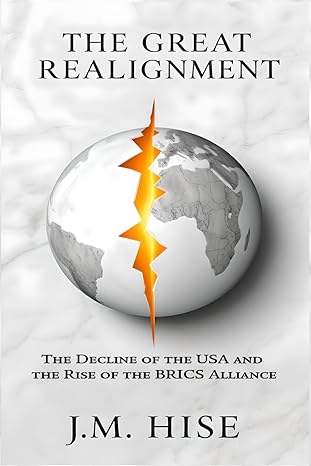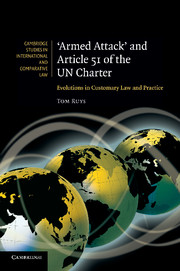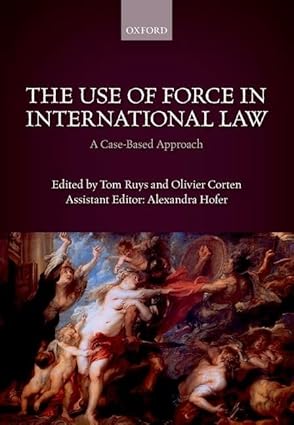Organized Crime: Analyzing Illegal Activities, Criminal Structures, and Extra-legal Governance provides a systematic overview of the processes and structures commonly labeled "organized crime," drawing on the pertinent empirical and theoretical literature primarily from North America, Europe, and Australia. The main emphasis is placed on a comprehensive classificatory scheme that highlights underlying patterns and dynamics, rather than particular historical manifestations of organized crime. Esteemed author Klaus von Lampe strategically breaks the book down into three key dimensions: (1) illegal activities, (2) patterns of interpersonal relations that are directly or indirectly supporting these illegal activities, and (3) overarching illegal power structures that regulate and control these illegal activities and also extend their influence into the legal spheres of society. Within this framework, numerous case studies and topical issues from a variety of countries illustrate meaningful application of the conceptual and theoretical discussion.
چکیده فارسی
جرم سازمانیافته: تجزیه و تحلیل فعالیتهای غیرقانونی، ساختارهای جنایی، و حکمرانی فراقانونی بررسی کلی سیستماتیک از فرآیندها و ساختارهایی که معمولاً «جرم سازمانیافته» نامیده میشوند، ارائه میکند، که عمدتاً از ادبیات تجربی و نظری مرتبط استفاده میکند. از آمریکای شمالی، اروپا و استرالیا. تأکید اصلی بر یک طرح طبقه بندی جامع است که الگوها و پویایی های اساسی را به جای جلوه های تاریخی خاص جنایات سازمان یافته برجسته می کند. نویسنده محترم کلاوس فون لامپ به طور استراتژیک کتاب را به سه بعد کلیدی تقسیم می کند: (1) فعالیت های غیرقانونی، (2) الگوهای روابط بین فردی که به طور مستقیم یا غیرمستقیم از این فعالیت های غیرقانونی حمایت می کنند و (3) ساختارهای قدرت غیرقانونی فراگیر که تنظیم و کنترل می کنند. این فعالیت های غیرقانونی و همچنین گسترش نفوذ آنها به حوزه های قانونی جامعه است. در این چارچوب، مطالعات موردی متعدد و موضوعات موضوعی از کشورهای مختلف، کاربرد معنادار بحث مفهومی و نظری را نشان میدهد.
ادامه ...
بستن ...
Ebook details:
عنوان: Organized Crime: Analyzing Illegal Activities, Criminal Structures, and Extra-legal Governance
نویسنده: Klaus Von Lampe
ناشر: English
زبان: 9781452203508
شابک: 978-1452203508, 1452203504
حجم: 10 Mb
فرمت: Epub + Converted pdf
ادامه ...
بستن ...
